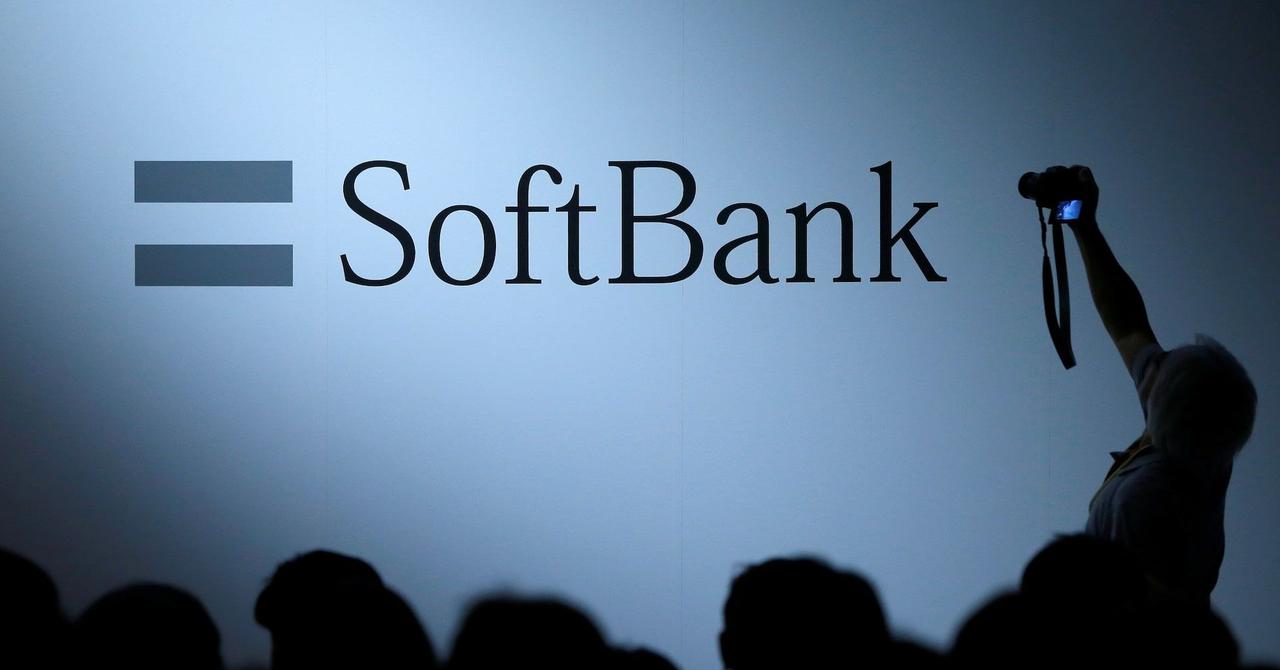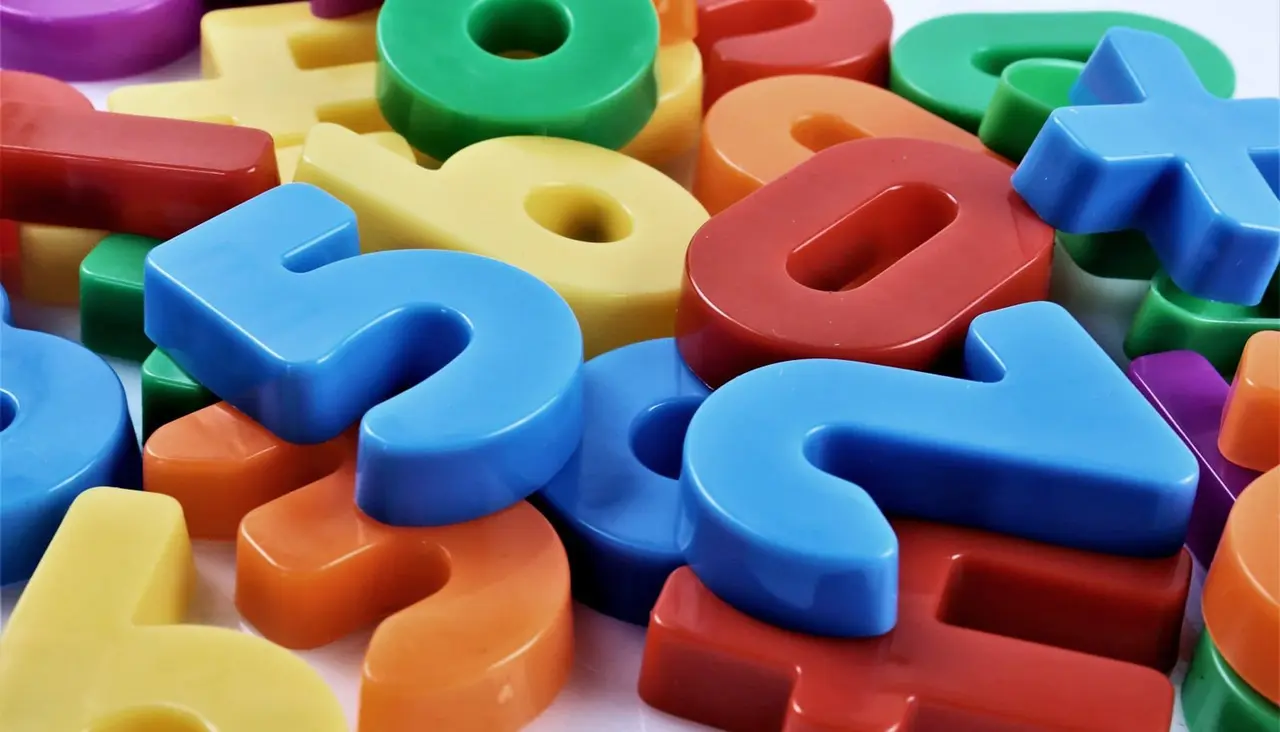AI Breakthrough: Deciphering Ancient Scrolls from Pompeii's Ruins
2 Sources
2 Sources
[1]
The Vesuvius Challenge is using AI to virtually unroll Pompeii's ancient scrolls
University of Tübingen provides funding as a member of The Conversation UK. The Vesuvius Challenge is an unparalleled competition in the field of classical studies, with the potential to pave the way for something akin to a second Renaissance. Its objective is to use artificial intelligence (AI) to virtually unroll hundreds of closed papyrus scrolls, containing ancient literature that has not been seen for 2,000 years. When Mount Vesuvius erupted in AD79, it buried various cities at the Gulf of Naples under massive volcanic material - including Herculaneum, located near Pompeii. In the 18th century, an exceptionally luxurious Roman villa was excavated there, close to the ancient city walls and shoreline. The villa's marvellous wall paintings, mosaics, busts and statues had been conserved by the ashes. This building, Villa of the Papyri, is named after its most remarkable treasure. It housed the only preserved library from antiquity: around 1,000 papyrus scrolls that were not destroyed by the eruption, but carbonised (turned into a kind of charcoal) and sealed in the earth until their rediscovery. The villa probably belonged to Lucius Calpurnius Piso Caesoninus, a Roman consul and Julius Caesar's father-in-law. He was the patron of the Epicurean philosopher Philodemus of Gadara (110-30BC), who may have lived in the villa. Before moving to Italy, Philodemus was educated in Athens at the philosophical centre of the Epicureans. Its founder, Epicurus, proclaimed the world was made up of atoms and considered pleasure, friendship and atheism as essentials for a happy life. The original Greek texts of the Epicureans were lost in late antiquity, but a Latin poetic version of Epicurus's philosophical views survived. It dealt with ethics and especially physics, and was titled On The Nature Of Things. Since their discovery, several attempts have been made to mechanically unroll the fragile papyri, with only modest success. Many scrolls were almost completely destroyed, while others were badly damaged and are now very fragmentary. Parts of over 300 scrolls stored in Naples are still waiting to be unrolled. What does all this have to do with AI? The plan for noninvasive reading of the Herculaneum papyri was first pursued by University of Kentucky computer scientist Brent Seales in 2007. He worked on the problem for about 15 years. But while he succeeded with other scrolls, the Herculaneum papyri proved very tricky. Read more: AI will let us read 'lost' ancient works in the library at Herculaneum for the first time Seales recognised that the key to discerning the carbon ink from the carbonised papyrus background was AI. Initial experiments confirmed his hypothesis that AI could help recover the elusive ink from the CT scans, but significant challenges remained to unlock the secrets of the scrolls. Silicon Valley entrepreneur Nat Friedman came across Seales's work and suggested they establish an open-source AI challenge to accelerate the progress. Several prizes, including one of USD$1 million (£771,835), were promised to people or teams who could finally crack the scrolls. Since March 2023, more than 1,000 teams have entered this competition. In October 2023, the first letters and lines of Greek text were detected, and in February 2024, the first winners of the prize money - machine learning students Youssef Nader, Luke Farritor and Julian Schilliger - were announced. Their AI model spectacularly revealed parts of 15 columns from the innermost part of one of the scrolls. It was a text on ethics, probably written by Philodemus. How the scroll was read This "virtual unrolling" technique starts by scanning the carbonised scroll in a particle accelerator at super-high resolution. Then, the complex structure of the scroll is analysed and virtually flattened - but no text can yet be seen. At this point, the team trains ink detection AI models on the papyrus, based on distinct patterns that have been isolated through visual inspection. The winning images can be considered definitive proof of concept - virtually unrolling the Herculaneum scrolls is possible. Although several technical difficulties remain, many of the other unopened scrolls should be virtually unrolled in the near future. This breakthrough facilitated the funding of phase two of the Vesuvius Challenge, with donors including Elon Musk's charity, the Musk Foundation. The next objective is to scan more scrolls and to accelerate and standardise the virtual unrolling process. It is highly possible that dozens of new ancient Greek and Latin texts will emerge over the next few years. We can extrapolate the types of text to expect based on those already unrolled mechanically. As the Greek library was a special Epicurean library, most of the emerging works should cover topics like ethics, mathematics, music, and the history of philosophy. Some Stoic literature might appear - and Epicurean texts also often contain lengthy citations from other philosophers or authors, as well as previously unknown historical information. But the biggest surprises may come from the Latin papyri. We can reasonably hope for historical and poetical Latin works from Rome's late Republican and early Imperial periods. There is also the possibility that the virtual unrolling may prompt new excavations at the Villa of the Papyri (phase four of the Vesuvius Challenge). Many researchers believe that another Greek and Latin library - with its all lost masterpieces - has yet to be unearthed. Looking for something good? Cut through the noise with a carefully curated selection of the latest releases, live events and exhibitions, straight to your inbox every fortnight, on Fridays. Sign up here.
[2]
How AI Is Deciphering Lost Scrolls From the Roman Empire
The Herculaneum papyri were too fragile to unwrap for centuries. Now, they may not have to be. Researchers are using cutting-edge AI models to "read" ancient scrolls superheated by the eruption of Mount Vesuvius in 79, which covered much of the Bay of Naples in ashâ€"including the now-famous towns of Pompeii and Herculaneum. Though the work to decode the scrolls began centuries before the artificial intelligence revolution emerged, myriad new technologies are making that work easier and faster than ever before. As a term, "AI" is often as unwieldy as the technology itself, and thrown around in sweeping terms. What does it actually mean for AI to decode what has eluded humans for centuries? We spoke with experts working on the algorithms and models that are deciphering and cataloguing the classics to find out. Nearly 2,000 years ago, the Gulf of Naples was rocked by the cataclysmic eruption of Mt. Vesuvius, which buried Pompeii and Herculaneum in ash. The towns were wiped off the map for over 1,500 years. Flash forward to 1750, when workers digging a well discover marble flooring under the soil. Further excavations reveal a buried villa containing nearly 2,000 carbonized scrolls and charred papyrus fragments. At first, the scrolls are mistaken for fishing nets and charred logs; many are discarded or perhaps burned as torches. Eventually one of the scrolls is dropped and breaks, revealing the true nature of the blackened cylinders. According to the Getty Museum, the scrolls from the villaâ€"now known as the Villa dei Papyriâ€"constitute the only surviving library from the classical world. Like the frescoes and casts of human remains in Pompeii and Herculaneum, the scrolls are extremely fragile, to the point of making them practically inscrutable. Successive attempts to painstakingly unwrap the scrolls caused many to fragment and disintegrate, losing the information so miraculously encased in them to time. But among the scrolls that have been read are writings of the Greek philosopher Philodemus of Gadara, leading some researchers to believe the villa belonged to his patronâ€"and father-in-law to Julius Caesarâ€"Lucius Calpurnius Piso Caesoninus. Today, over 300 unopened scrolls remain, mercifully sparing the early, crude attempts at revealing their contents. The Vesuvius Challenge was launched in March 2023. It's a project challenging members of the public to use AI to identify characters, and ultimately words, hidden in the Herculaneum scrolls. The first word found and translated from one of the unopened papyrus scrolls ("purple") was announced in October 2023. The finder of the word won $40,000 for his efforts, as part of the $1,000,000 paid out last year to people working on the lost library. Machine learning and computer vision are the two types of artificial intelligence used in the challenge's virtual unwrapping method. Machine learning uses data and algorithms to allow AI systems to imitate human learning, enabling them to become more accurate over time. Computer vision is exactly what it sounds like: a field of research that enables computers to identify objects and people, and ultimately enable the machines to think through what they're seeing. "The new computer vision techniques aimed at virtually unwrapping the unopened Herculaneum papyri are providing new hope for Herculaneum papyrology, enabling the reading of rolls that were last read almost two thousand years ago before the eruption of Mount Vesuvius," said Federica Nicolardi, a papyrologist at the University of Naples Federico II and member of the Vesuvius Challenge's papyrology team, in an email to Gizmodo. A team including some of the Vesuvius Challenge members gave the technology a trial run in 2015 using a scroll from En-Gedi; that work involved taking a three-dimensional, volumetric scan of the scroll, revealing its 3D structure. Then, computer software made sense of each layer wrapped within the scroll and the brighter pixels in the scan that represent ink still left on the surface. Finally, the scroll was virtually "unwrapped" and the digital version of the document was laid out in a readable way. The Vesuvius Challenge's 2024 goal is for 90% of the team's scanned scrolls to be read. There are cash prizes for deciphering the first letters in certain scrolls as well as a larger prize for automated segmentation of one of the scrolls. If translated, it will be the first time the scrolls are read since they were buried in ash. "The big problem in working with ancient texts is the state of preservation of these text is often fragmentary," said Thea Sommerschield, a classicist at the University of Nottingham who is not a member of the Vesuvius Challenge, in a call with Gizmodo. "Machine learning is extremely good at identifying patterns, let's say textual patterns, and harnessing those to carry out certain tasks." In the classics, AI is speeding up and scaling up processes previously painstakingly done by humans. In the case of the Herculaneum papyri, those tasks come in a few forms. "The contestants figured out how to identify regions within the closed scroll that probably were ink and then they incrementally built up a label set that allowed them to elicit the ink using a convolutional neural network, and then ultimately a transformer-style network," said Brent Seales, a computer scientist at the University of Kentucky and principal investigator of the Educe Lab, in a phone call with Gizmodo. Simply put, a convolutional neural network is a set of machine learning models that relies on deep learning for tasks. Convolutional neural networks are especially useful for classification and computer vision-based tasks, hence its utility in handling the faint vestiges of ink on carbonized papyrus. "You can think about the approach as kind of a pointillist approach," Seales said. "We're looking at very small sub-volumes on the surface, and we're making a decision about whether that small piece is ink or not." Transformers are a newer AI technology that enable models to handle huge strings of text and handling multiple streams of data better. Such "multi-modal" AI systems are what make it possible for AI to generate images from text inputs, or combine computer vision with natural language processing to read an image of a handwritten letter. (If you didn't know, the 'T' in "ChatGPT" stands for Transformer.) "Transformers are the state of the art in computer science right now because of their unparalleled ability to capture context," Sommerschield said, which is "useful in restoring ancient fragmentary texts" as well as dating them and predicting where they were written. The Vesuvius Challenge is just one approach researchers are taking to deploy AI in the study of ancient texts. In 2019, Sommerschield and her project co-lead Yannis Assael, a research scientist at Google DeepMind, developed the Pythia model, a neural network that was state-of-the-art at the time, designed to restore ancient Greek texts. Pythia did that by recovering characters from damaged texts; Pythia had a character error rate of 30.1%, compared the 57.3% error rate of human epigraphists. Since then, Sommerschield and Assael's team published the more powerful transformer-based Ithaca model, which uses neural networks to restore and attribute ancient texts. As the team wrote in their work, Ithaca is "designed to assist and expand the historian's workflow." The model alone achieved 62% accuracy restoring damaged texts, the team found, but historians' accuracy using Ithaca jumped from 25% to 72%. Ithaca and models like it "can unlock the cooperative potential between artificial intelligence and historians," the team wrote. In a 2024 paper in Computational Linguistics, their team published a sweeping survey of research on ancient texts using machine learning. They found growing momentum for that research, from digitization, restoration and attribution work to linguistic analysis, textual criticism, and translation. However, the researchers also identified hurdles to overcome. Their data highlighted that different languages, histories, and geographies are represented in different proportions in existing research using machine learning on ancient texts. You may guess: Ancient Greek and Latin texts were represented much more heavily than other scripts, including cuneiform, Old Korean, and the Indus script. The work to ensure that all cultures are represented as researchers deploy machine learning on ancient texts is obviously the work of human researchers, not of the models themselves. Amid the hubbub about the Vesuvius Challenge, it's easy to forget a key fact: AI itself is not reading the scrolls. That's not to diminish the work of the team; if anything, it emphasizes it. The researchers are not leaning on AI where it doesn't make sense to, or where doing so could yield inaccurate results about the scrolls' contents. "The AI framework is not making a decision about a complete letter form," Seales said. It is simply highlighting where it perceives ink in the scrolls, which "reduces the possibility of hallucination." In other words, it keeps the team's model from mistaking an Eta for a Theta, scrambling the meaning encased in the papyrus. "It's the human who sees how all of those individual ink decisions line up and whether they make sense as writing or not," he added. "The moment that you start applying these technologies to ancient languages, you critically realize their drawbacks, their potential," Sommerschield said. "The answer is just you need to you need to keep the human in the loop." Earlier this month, Sommerschield and Assael organized the Machine Learning for Ancient Languages (ML4AL) Workshop to encourage collaboration and support the momentum of research in the field. "You need the experts, or the students, or the practitioners, or the museum communities, or the general public to be involved, to benefit, to use it, to troubleshoot it, to break it, to try to really get the best out of it," Sommerschield added. For the Vesuvius Challenge, the next step is to build out a workflow for segmenting and scanning the scrolls at scale so that they can be read efficiently. There are about 300 extant scrolls for them to work on, and the documents need to be transported (with conservators as handlers) to a particle accelerator in England to be scanned. All told, the cost to scan all the scrolls today would be $30 million. As for your burning questionâ€"what can we actually learn from these documents found in the shadow of Vesuvius? Nicolardi told Gizmodo that "we expect to find more philosophical works that can shed light on Greek philosophy, particularly books by Epicurus and his disciples, whose texts are completely lost outside of the library of the Villa dei Papiri." And that's not all. About 1,100 scrolls were recovered from the Villa dei Papiri in 1752 and 1754, according to the Getty Museum. But the villa site is not completely excavated, and according to the project website, "it is a near-certainty" that more scrolls remain buried. Excavation is costly, though the team has plenty of scrolls to sift through before that moment comes along. The scrolls are just one piece of this puzzle, though. The task at hand is to use AI to better understand the ancient world, and that means revisiting the documents familiar to us, too. While it's exciting to imagine reading what hasn't been read for two millennia, AI has implications across the classics. Sometimes, being able to take stock of something in a new way is just as useful as seeing it for the first time.
Share
Share
Copy Link
The Vesuvius Challenge is using AI and computer vision to virtually unroll and read ancient scrolls from Herculaneum, a city destroyed alongside Pompeii in 79 CE. This groundbreaking approach could revolutionize our understanding of the ancient world.

The Vesuvius Challenge: Unveiling Ancient Wisdom
In a remarkable fusion of cutting-edge technology and ancient history, the Vesuvius Challenge is pushing the boundaries of what's possible in archaeological research. This innovative project aims to decipher the contents of carbonized scrolls discovered in the ancient Roman city of Herculaneum, which was destroyed alongside Pompeii by the eruption of Mount Vesuvius in 79 CE
1
.The Scrolls: A Fragile Time Capsule
The scrolls, part of the only known intact ancient library, have remained unreadable for nearly two millennia due to their fragile, carbonized state. Traditional methods of unrolling these delicate artifacts have proven too risky, often resulting in their destruction. This is where the Vesuvius Challenge steps in, offering a non-invasive solution that could revolutionize our understanding of the ancient world
1
.AI and Computer Vision: The Key to Unlocking Ancient Secrets
The project employs advanced AI techniques and computer vision to virtually "unroll" the scrolls. By using CT scans to create 3D models of the scrolls, researchers can apply machine learning algorithms to detect and enhance the visibility of ink traces within the layered papyrus
2
.The Power of Collaboration
What sets the Vesuvius Challenge apart is its open-source nature. The project has made its data publicly available, inviting computer scientists, AI researchers, and citizen scientists from around the world to contribute to the decipherment effort. This collaborative approach has already yielded promising results, with participants successfully reading portions of text from the scrolls
1
.Related Stories
Breakthroughs and Future Prospects
Recent advancements in the challenge have been significant. In March 2023, researchers successfully deciphered four complete words from one of the scrolls. By October, they had managed to read two entire columns of text, comprising about 15 lines each. These breakthroughs have ignited hope that the entire contents of the scrolls may soon be revealed
2
.Implications for History and Literature
The potential impact of this project extends far beyond the realm of technology. The Herculaneum scrolls are believed to contain works of Greek and Latin literature, philosophy, and poetry that have been lost to time. Deciphering these texts could fill significant gaps in our understanding of ancient thought and culture, potentially reshaping our view of the classical world
1
.As the Vesuvius Challenge continues to make strides, it stands as a testament to the power of interdisciplinary collaboration and the potential of AI to unlock mysteries of the past. The project not only promises to reveal ancient wisdom but also demonstrates how modern technology can bridge millennia, bringing us face-to-face with the thoughts and ideas of our ancestors.
References
Summarized by
Navi
[1]
Related Stories
AI Deciphers 2,000-Year-Old Vesuvius Scroll, Revealing Lost Greek Philosophical Work
07 May 2025•Science and Research
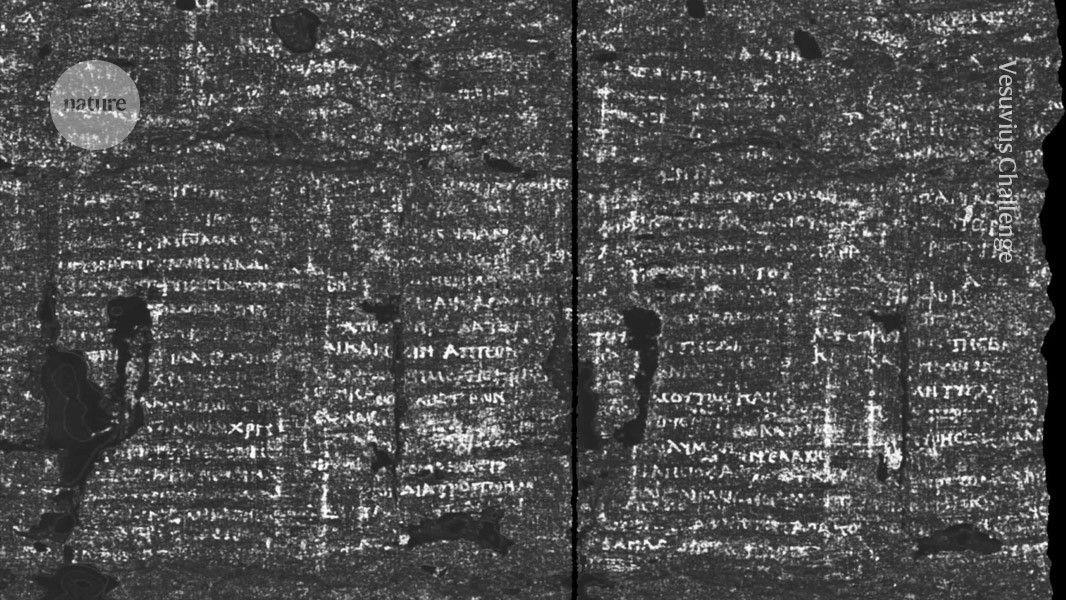
AI Breakthrough Deciphers 2,000-Year-Old Herculaneum Scroll Carbonized by Vesuvius
06 Feb 2025•Technology

AI Tool 'Aeneas' Revolutionizes Analysis of Ancient Latin Inscriptions
24 Jul 2025•Science and Research
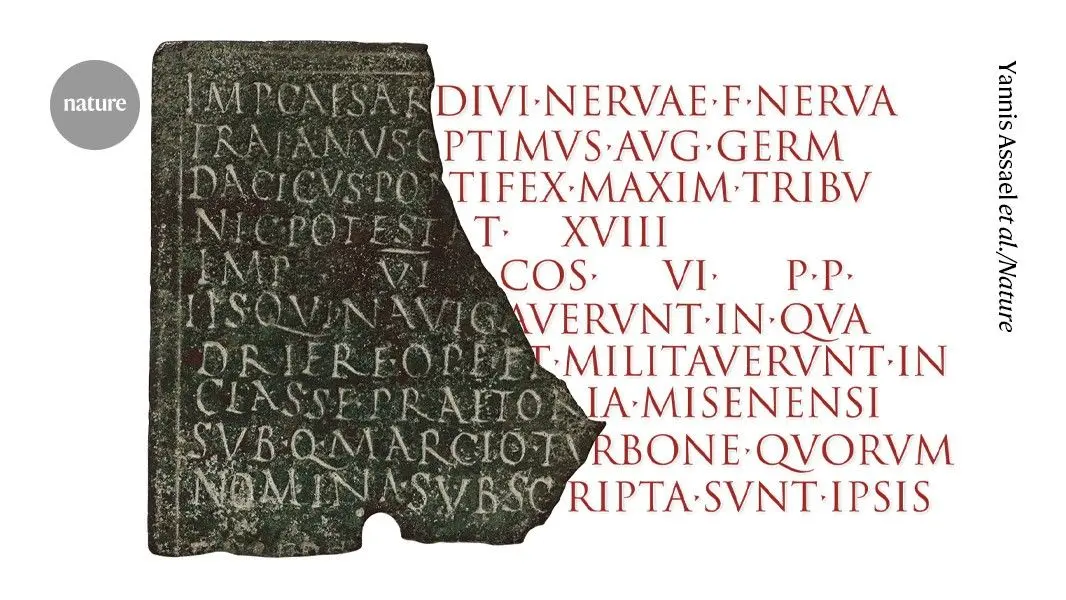
Recent Highlights
1
Nvidia locks in $20 billion Groq deal, securing AI chip rival's technology and talent
Business and Economy
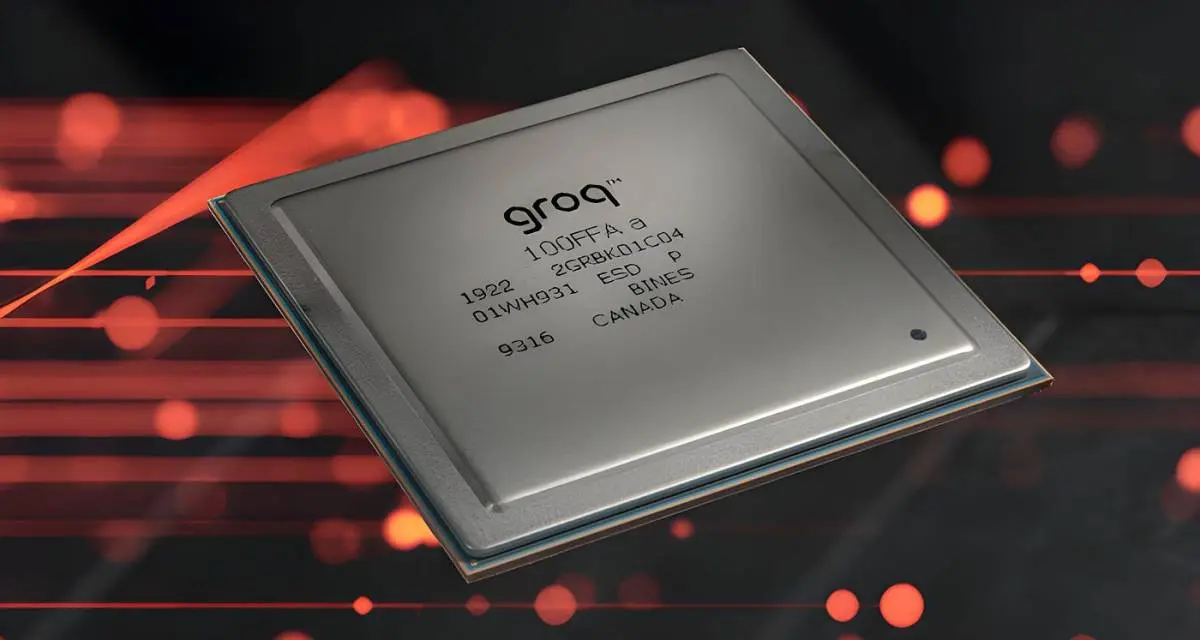
2
Geoffrey Hinton warns AI job replacement will accelerate in 2026 as systems gain new capabilities
Technology

3
Deepfakes cross indistinguishable threshold as voice cloning and video realism surge 900%
Technology



